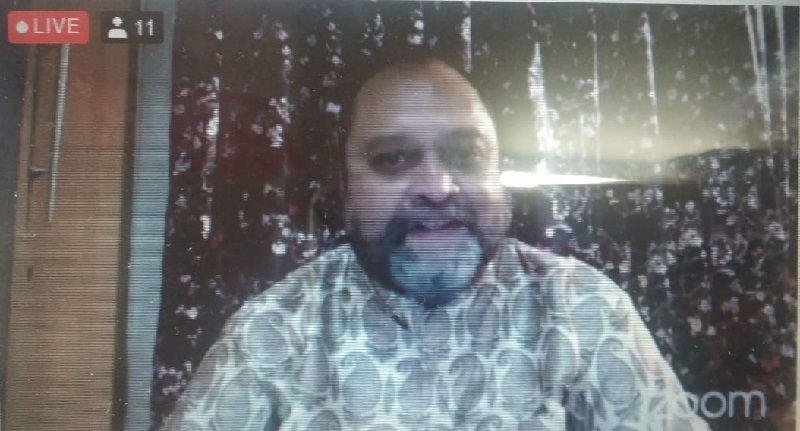
Indian Animation has come a long way since dedicated kids channels forayed into the country less than two decades ago. Original programming on these channels have also seen great transformation and growth with Indian creators and producers maximizing every opportunity to make their shows compete against International ones. With the advent of new technologies, platforms, production methodologies, and more, consumers can expect a lot more out of locally created Indian animated IPs and content.
Moderated by Toonz Media Group CEO P Jayakumar, the esteemed panel at CII SummitFX (3 September) including the likes of Punnaryug Artvision founder and CEO Ashish Kulkarni, Cosmos-Maya Revenue and Corporate Strategy SVP Devdatta Potnis, Graphiti Multimedia director and COO Munjal Shroff, Green Gold Animation founder and CEO Rajiv Chilaka and Reliance Animation COO Tejonidhi Bhandare, discussed on ‘Kids Original Content: India Stories on the Global Stage’.
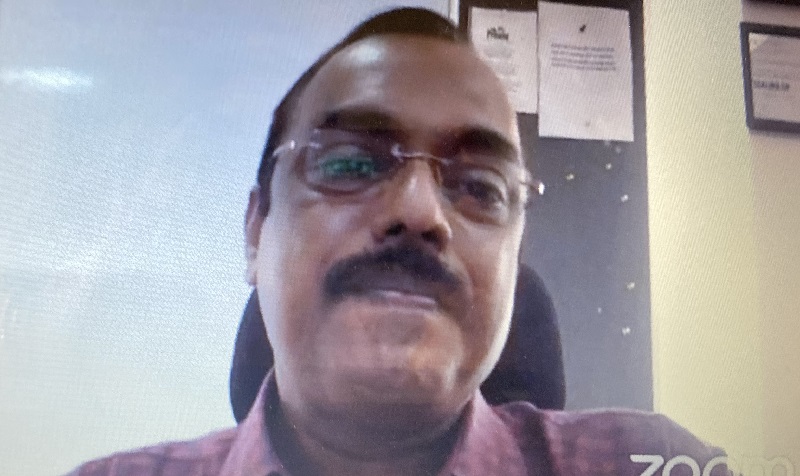
Initiated by Jayakumar to look back at their journeys and that of the industry, Kulkarni reflected that it has been a wonderful yet challenging journey over the years to build this ecosystem that’s now reaching greater heights.
“Building the ecosystem wouldn’t have been possible without like-minded people as then no idea would work. People jumped from project to project with sheer dedication, talent and hard work to make what it is today. The rich heritage, cross-culture and local flavours enriched this industry. Being a part of STPI, helped us in collaborating on foreign projects and these learnings were channelised while creating our own IPs. With the introduction of OTTs [in 2016], the industry got a new breakthrough as they have higher budgets and room for experimentation. Mighty Little Bheem has paved the way for us. As an industry, no other country creates quality content in least possible budgets assigned for us. We have varied genres covered in shows like Shiva, Rudra, Honey Bunny ka Jholmaal, Little Singham, Chhota Bheem, Selfie with Bajrangi and many others,” he shared.
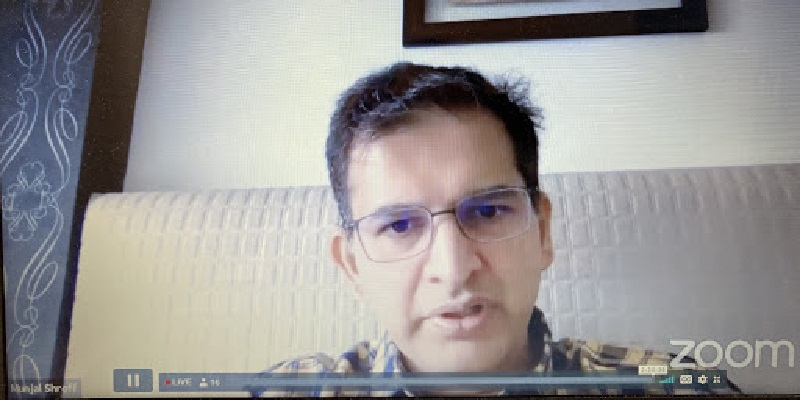
Shroff, who completed 25 years in the business, considers the journey as a fascinating ride and utilised the opportunity to tell Indian stories on a larger scale through this medium when kids channels were introduced in India. He also talked about creating an animated show inspired by Koi Mil Gaya’s Jadoo. “Understanding the landscape and market is the key. India is now on the global content map and it sells having a global resonance yet local feel. We created Krish Trish Balti Boy [now taken up by Netflix] keeping this in mind, and it went to Korea, Russia, Turkey and China. Content players are now more open about concepts and experimentation, so finding the right producer and distributor is very crucial,” he said.
Chilaka lauded the industry for its efforts, diversity and never-give up spirit despite challenging times. He agreed with Kulkarni on OTT opening up several dimensions for this business and how Mighty Little Bheem was born out of an observation that preschool programming and characters are lacking in Indian animation. Mighty Little Bheem went on to become global number one preschool show on Netflix.
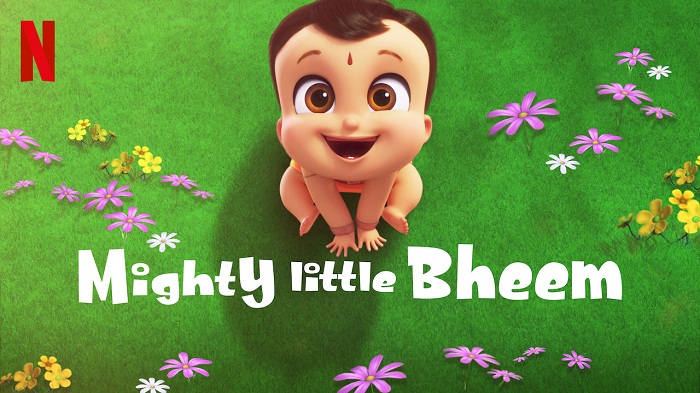
Noted he, “When we started, we always wanted to create our own IP as well as outsource service. The scenario changed with Cartoon Network (CN) launching in India in 2000. Inspired by Toonz’s Tenali Rama on CN, we created Vikram Betal (2005), Bongo (Doordarshan-2004) and Krishna 2D animated series. But it wasn’t our goal, so in the meantime I was pitching Chhota Bheem but failed, until 2008. Since then Chhota Bheem has been a game changer for us and the industry. The money was less, OTT wasn’t present but Home Video gave us almost 40 per cent of the production cost which became a critical component till 2012-13. Kids channels have grown exponentially- from one or two per cent to 12 to 13 per cent.”
He further pointed out that today 50 per cent television viewing audience is under the age of 14, but content targeted to them is 10 per cent though they fall into the bracket of nine to 14 years. There’s a lack in relatable content specifically for a slighter older audience as well as preschoolers. “There’s an untapped audience for these groups and also almost no female protagonist with supernatural powers. As a nation, we need to provide girl role models from a younger age about women who are leading from the front in reality,” Chilaka said.
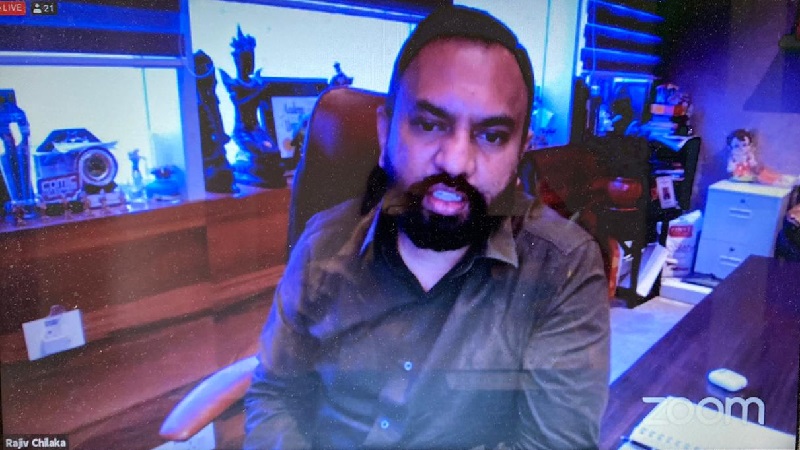
He also announced that Green Gold Animation is about to sign the first toy deal for Mighty Little Bheem which is going to be the first Indian character to be licensed internationally.
Potnis commented that there’s a lot of great movement happening in the industry, as well for us as one of the oldest companies in this business. “After Chilaka led the way with Bheem, we came up with Motu Patlu which created a local demand in the international space so much so that it has a wax statue at Madame Tussauds. Also, there’s an evolution of the dual market concept and we have been doing this on pay TV (Disney TV channel) and various OTTs like Amazon Prime Video and Disney+ Hotstar. It also travelled to Turkey and Southeast Asia. Eena Meena Deeka, slapstick comedy got so big for us digitally that a huge chunk of investment is coming from an international MCM and we found the best deal out Indonesian market.”
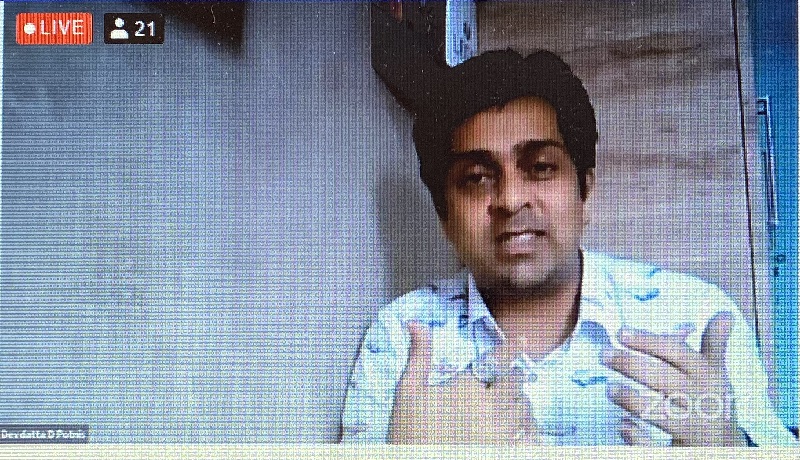
He went on to add (supported by Chilaka) how channels like Sony YAY! are producing completely locally created IPs and going hyper-local with languages, ultimately enriching the industry. Bollywood has a great impact on kids and with Little Singham, kids broadcasters have actively focused on creating Bollywood inspired IPs like Golmaal Jr. (Nickelodeon Sonic), Fukrey Boyzzz (Discovery Kids) and now Cosmos-Maya is developing Dabangg inspired Chulbul Pandey based on Salman Khan to take the mantle forward and keeping adult animation under its radar.
Bhandare too stated that they started with service work and moved on to create IPs with Little Singham (shared with Discovery Kids and Rohit Shetty Productionz), Little Krishna and Shaktimaan (animated). He emphasised on stronger pre-production in order to tell good stories with convincing characters.

“We need to scale up our properties and point out untapped genres to create shows for a mature audience, say 12+. We should also try to push so that OTTs open up to Indian animation so that the gaps can be filled,” he mentioned.
Almost all panelists agreed that creating stories around mythological characters was a safer choice as they didn’t have to build the characters due to stringent or no budgets. But Chilaka and Potnis reiterated that taking great stories from mythology and folktales, creators need to have a contemporary retelling and interpretation. Potnis cited the example of Selfie with Bajrangi where Bajrangi is like a metaphor for inner faith. Disney+ Hotstar has recently acquired 234 half hours episodes for the show.
Kulkarni figured that not all these stories can be fictionalised and kept as is so that it doesn’t lose its charm. Extending episodes aren’t always feasible as then it would be diluting facts. Shroff mentioned that Graphiti’s show Yom, which is now on Disney+ Hotstar, gave a cool spin to Yoga where the protagonist transforms into various animals after doing a Yoga pose. “Most famous superheroes are vulnerable and have limitations to their power. And Yom is such a character and so is Krish Trish Balti Boy. The problem with mythological characters is that those are most of the time perceived through religious angles,” Shroff commented.
All the panelists advised the upcoming animated content creators to have the knowledge and understanding of TG, market, how to pitch an idea, create ‘whacky’ out of the box concepts, promote team work and have belief in the story and themselves.
